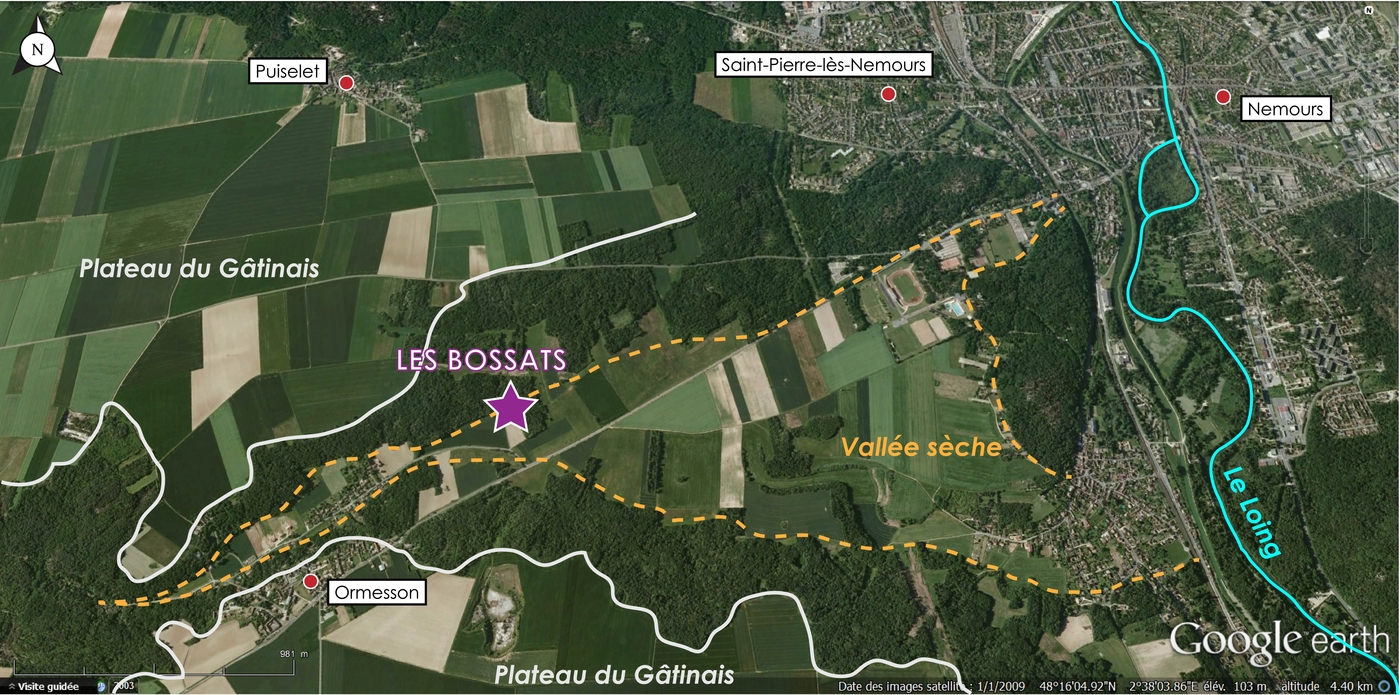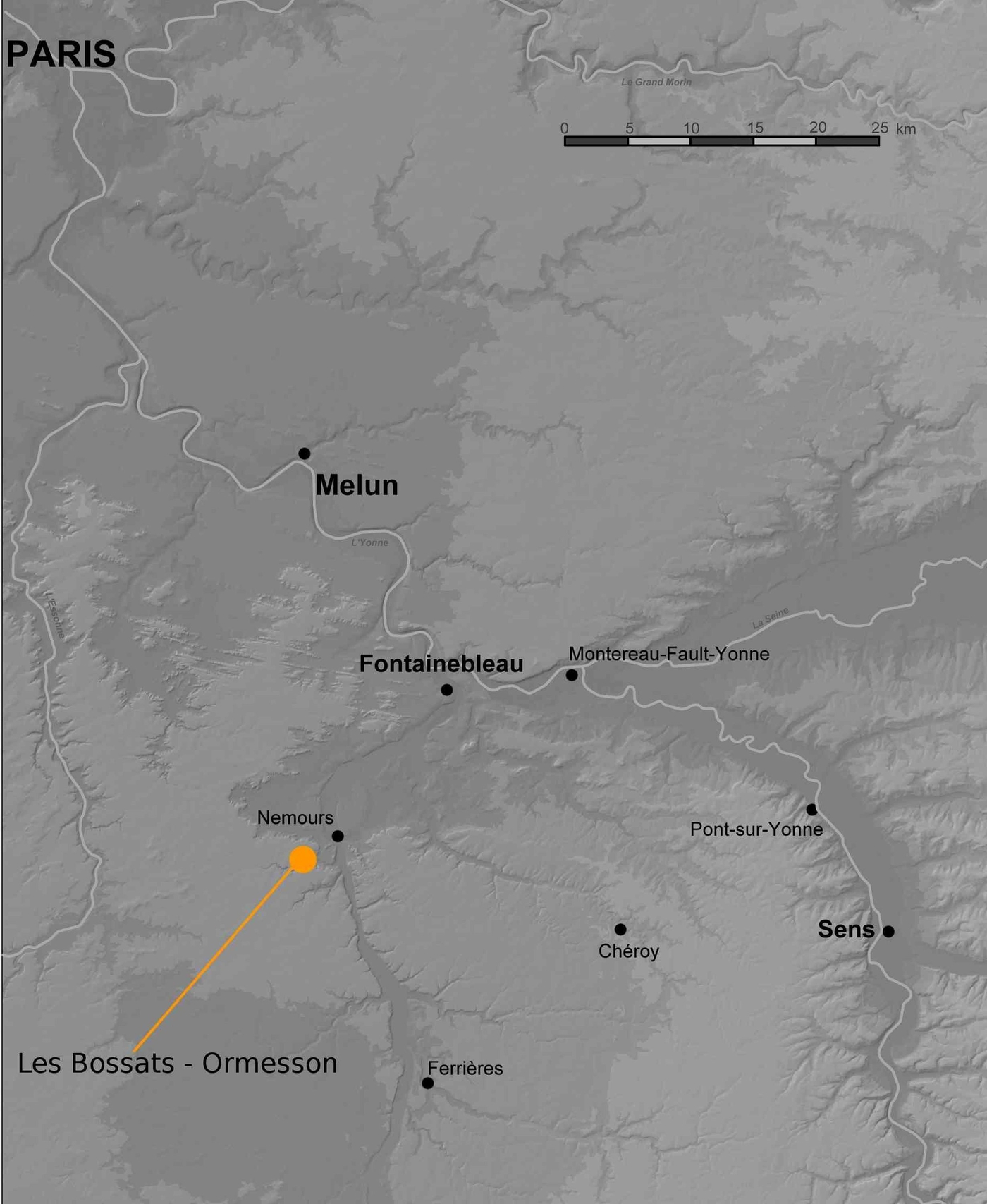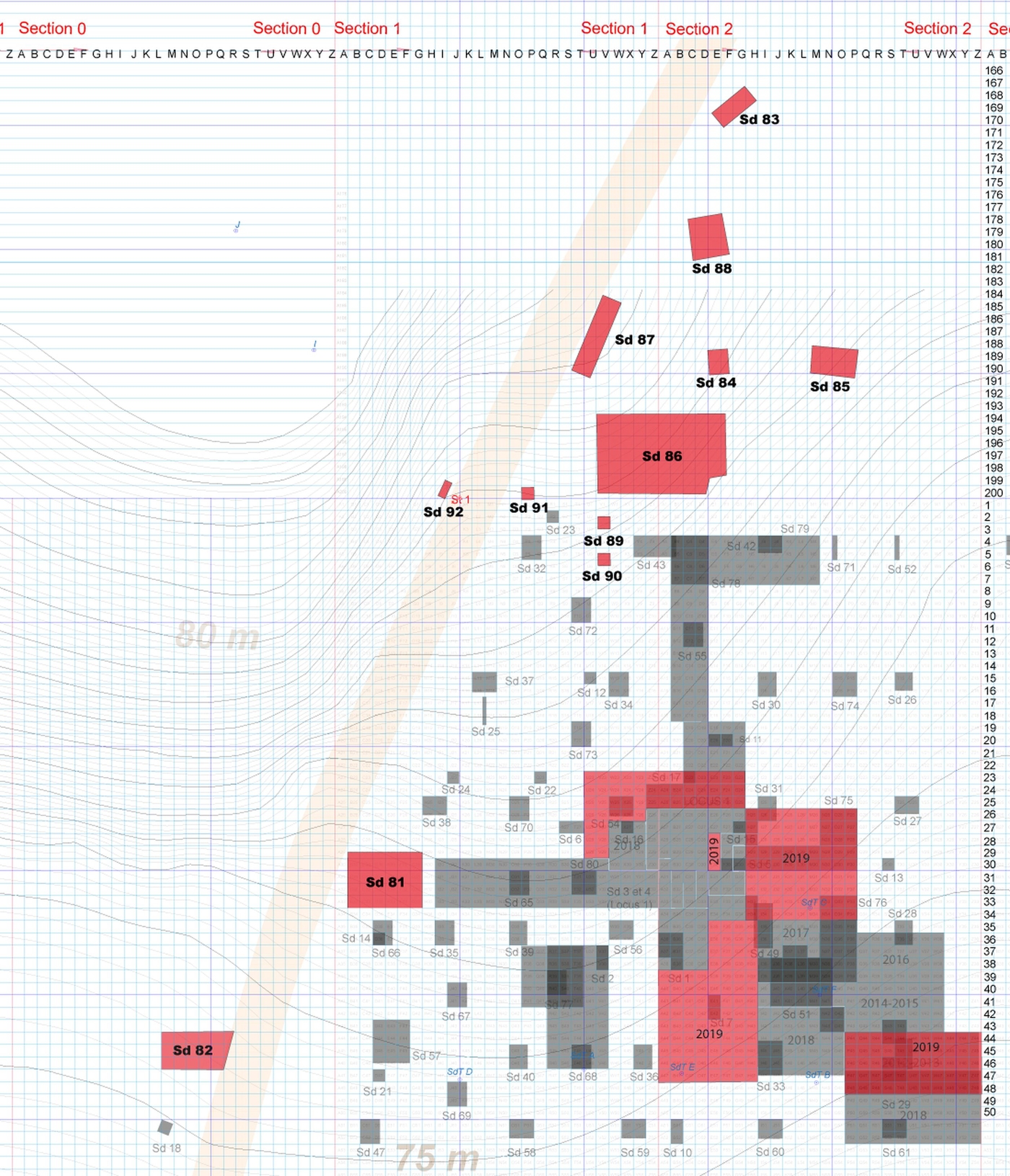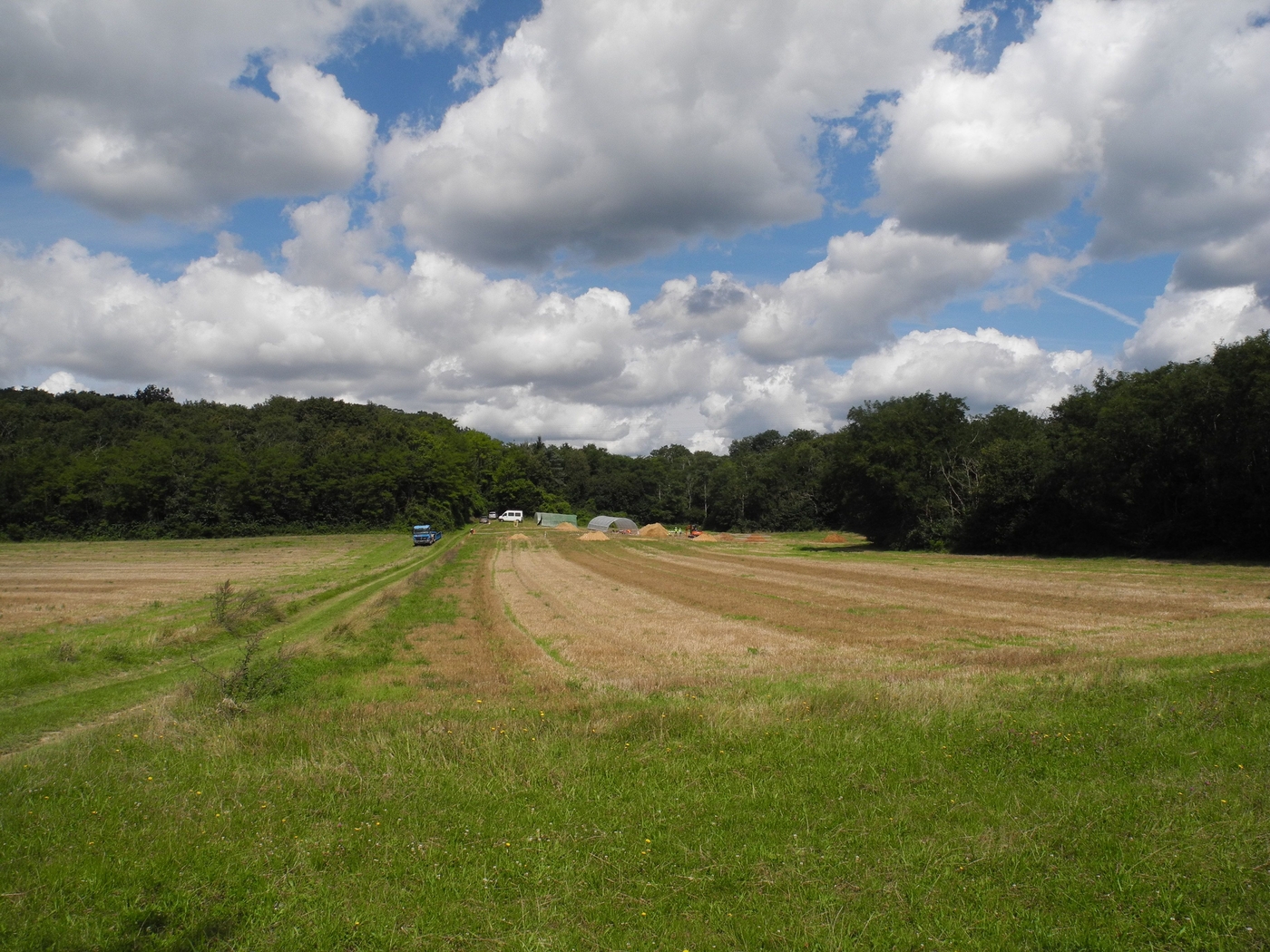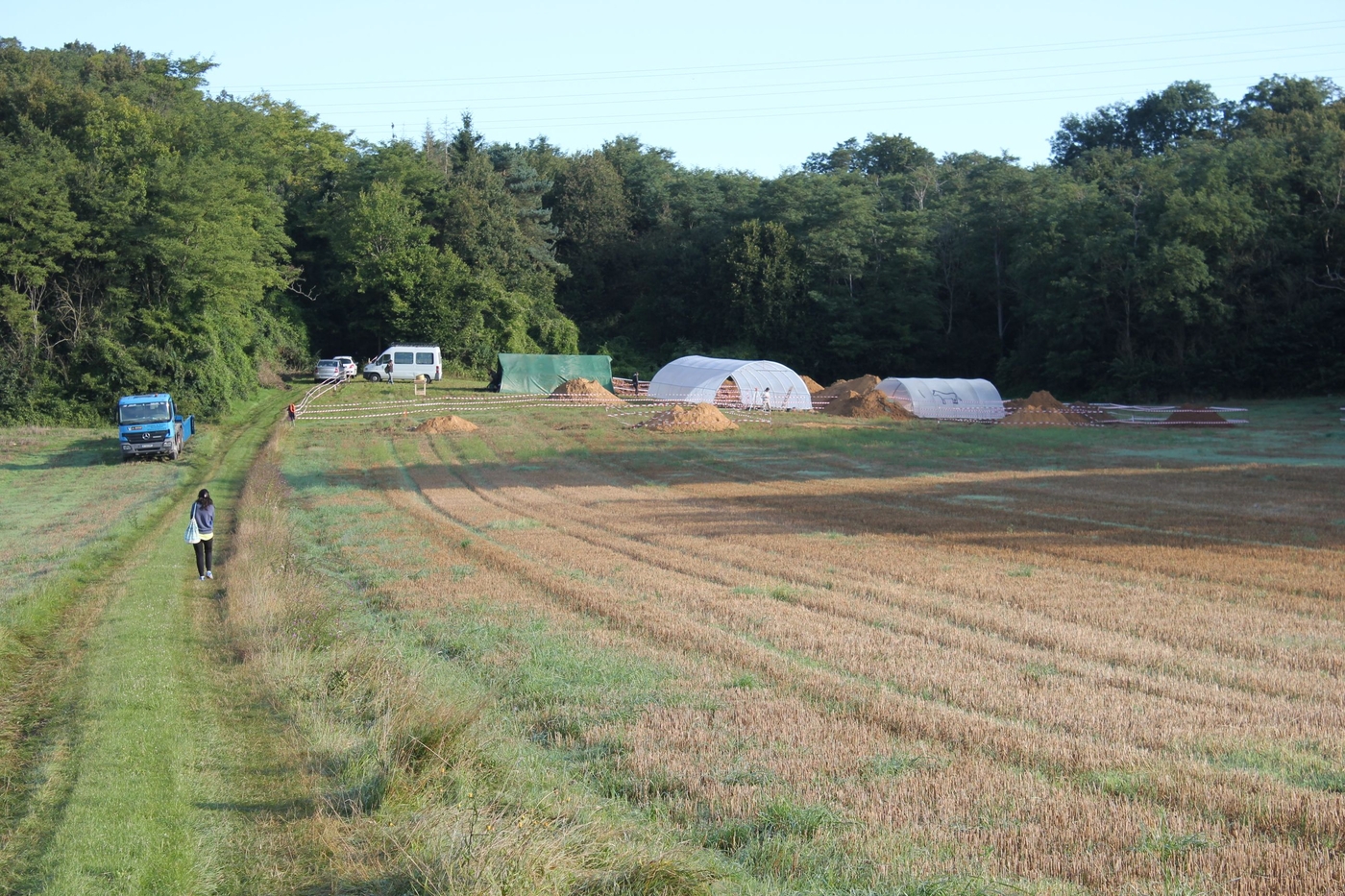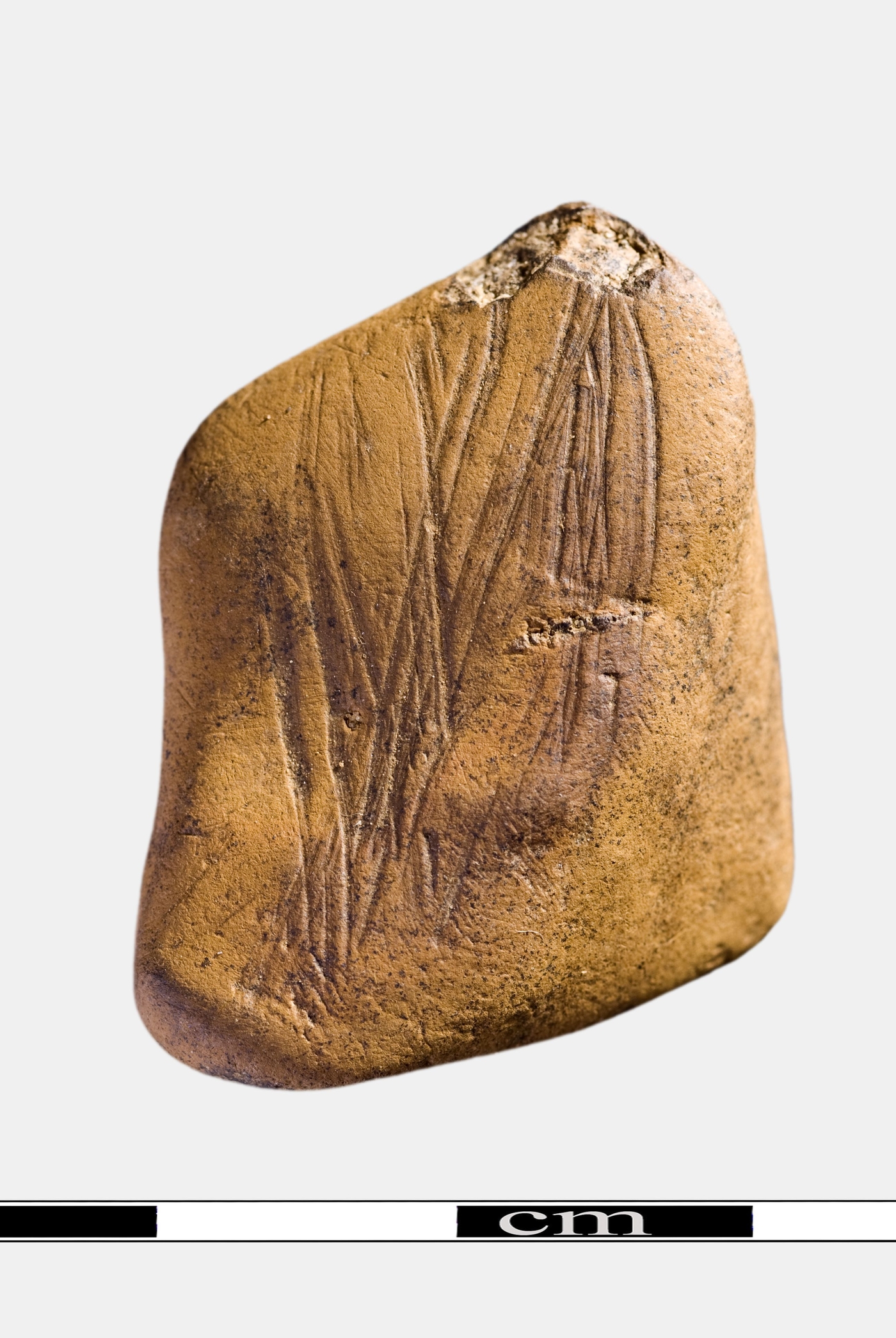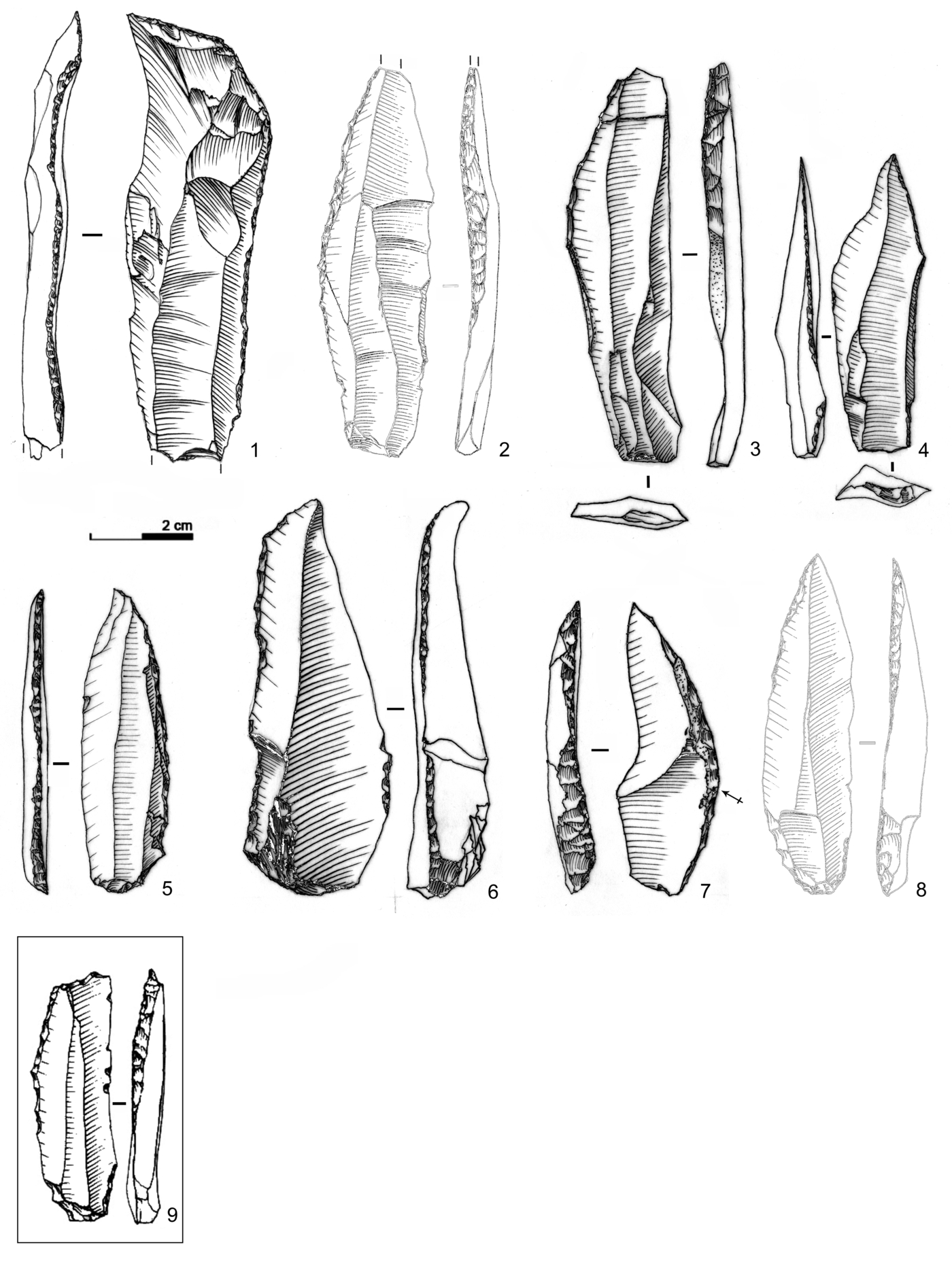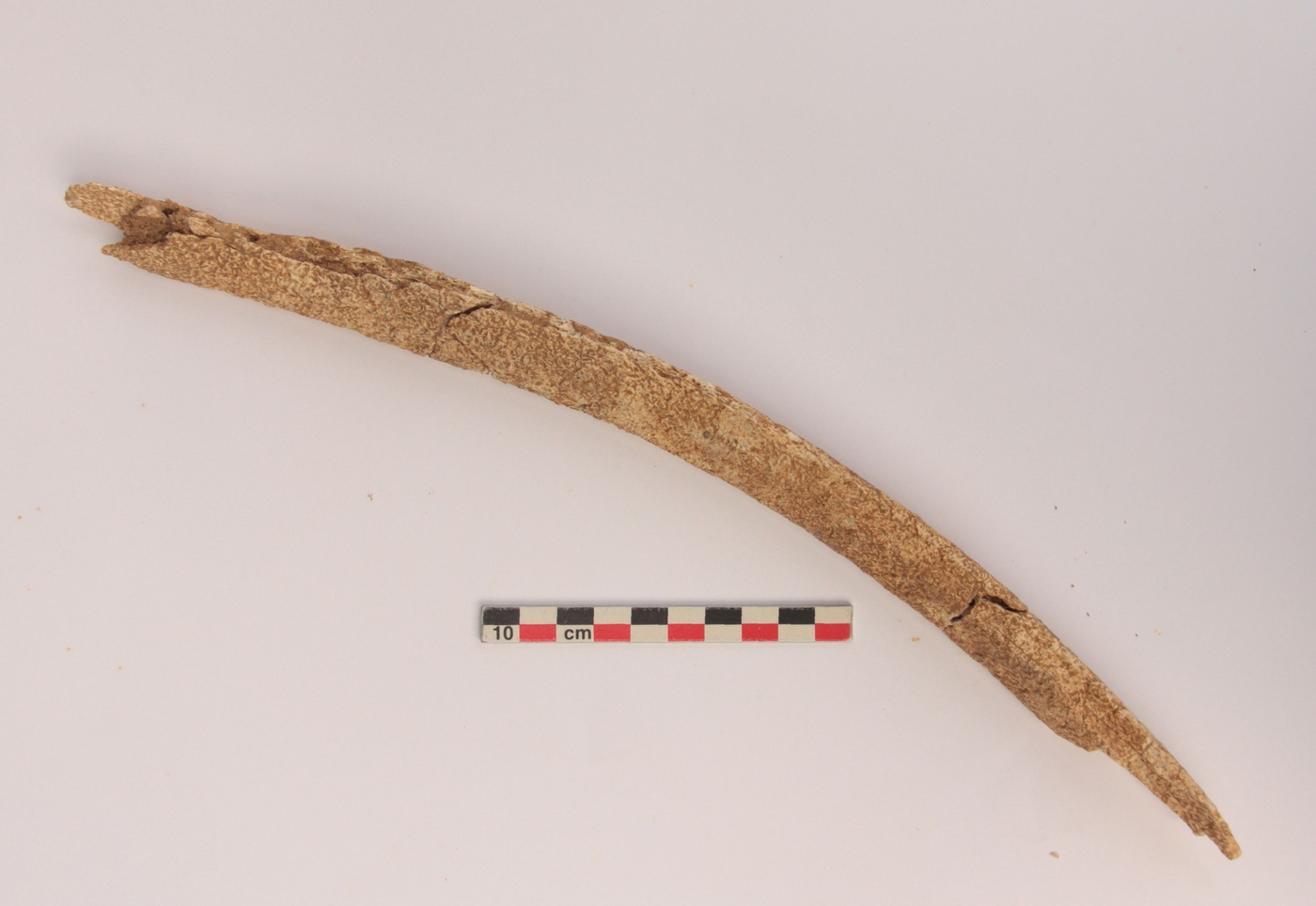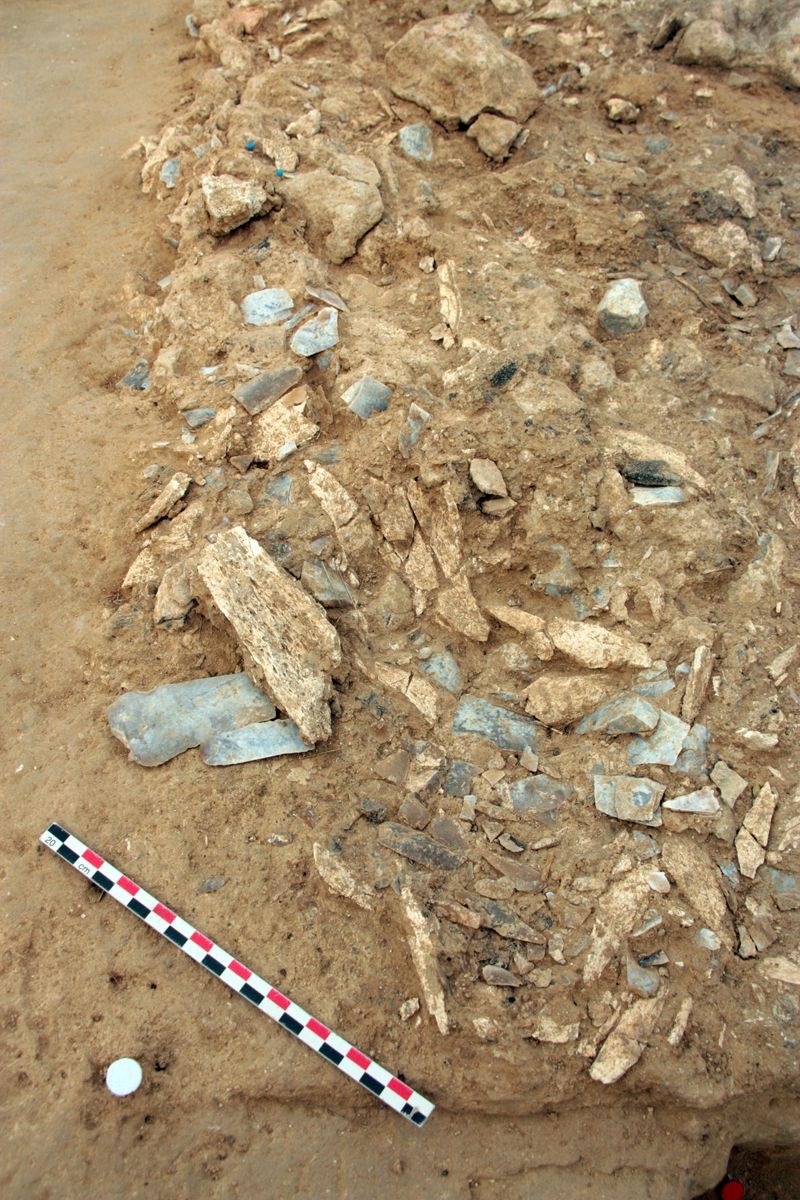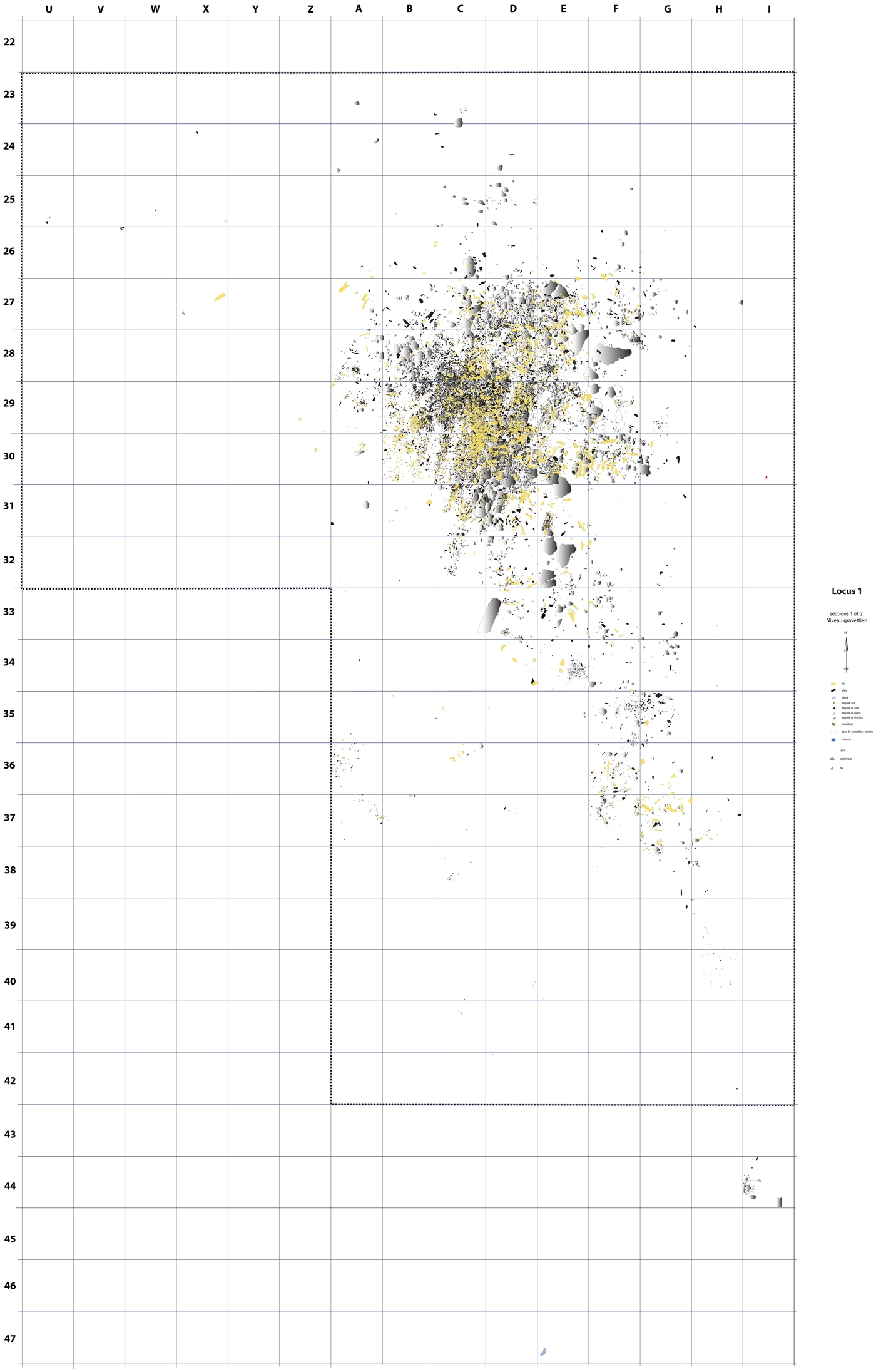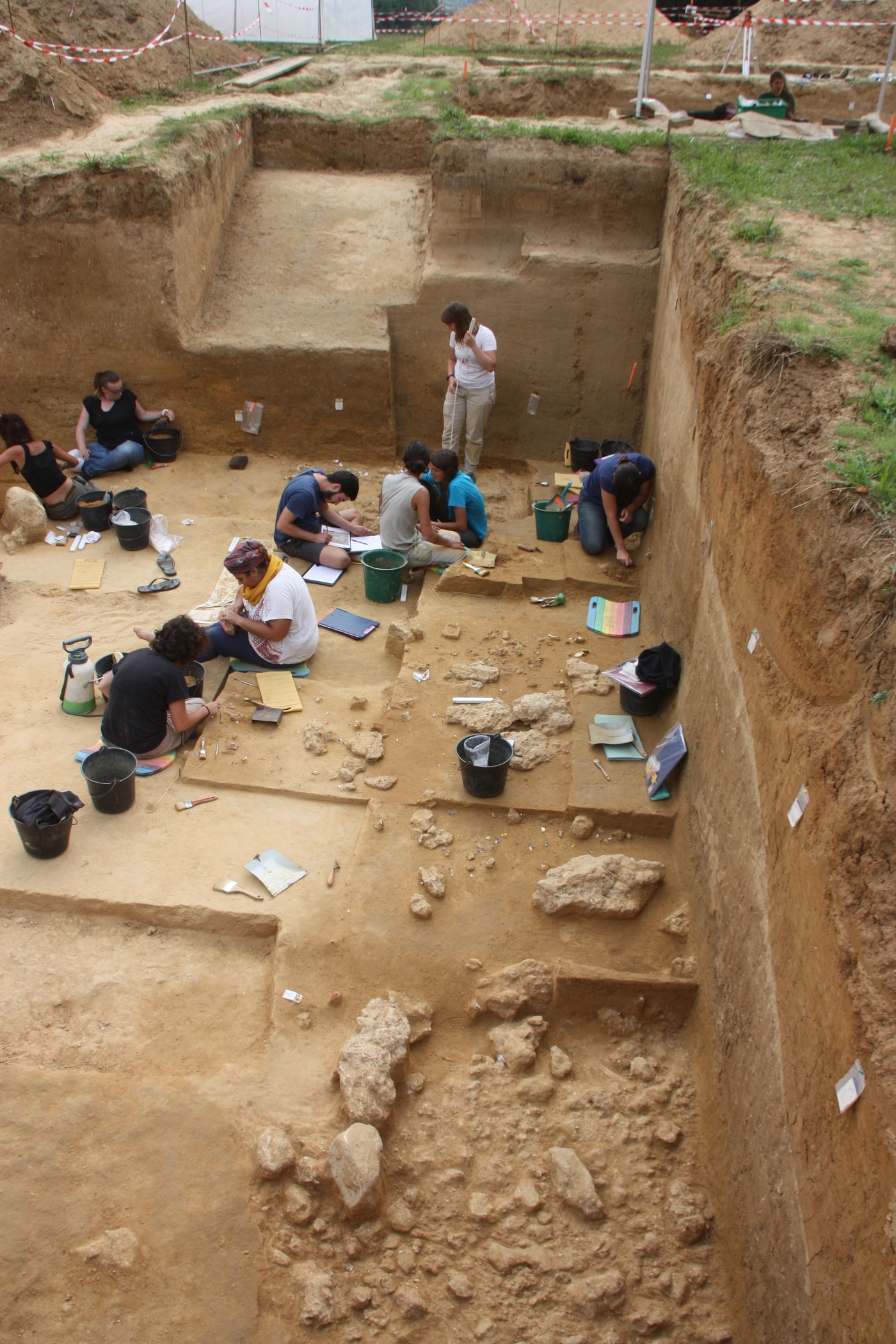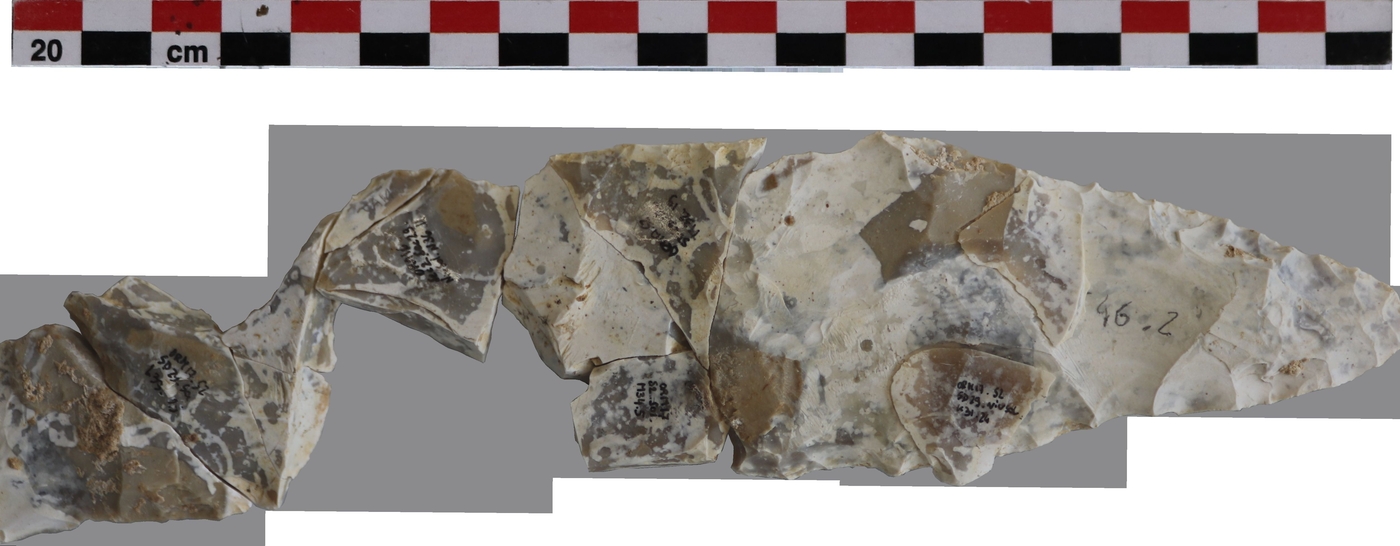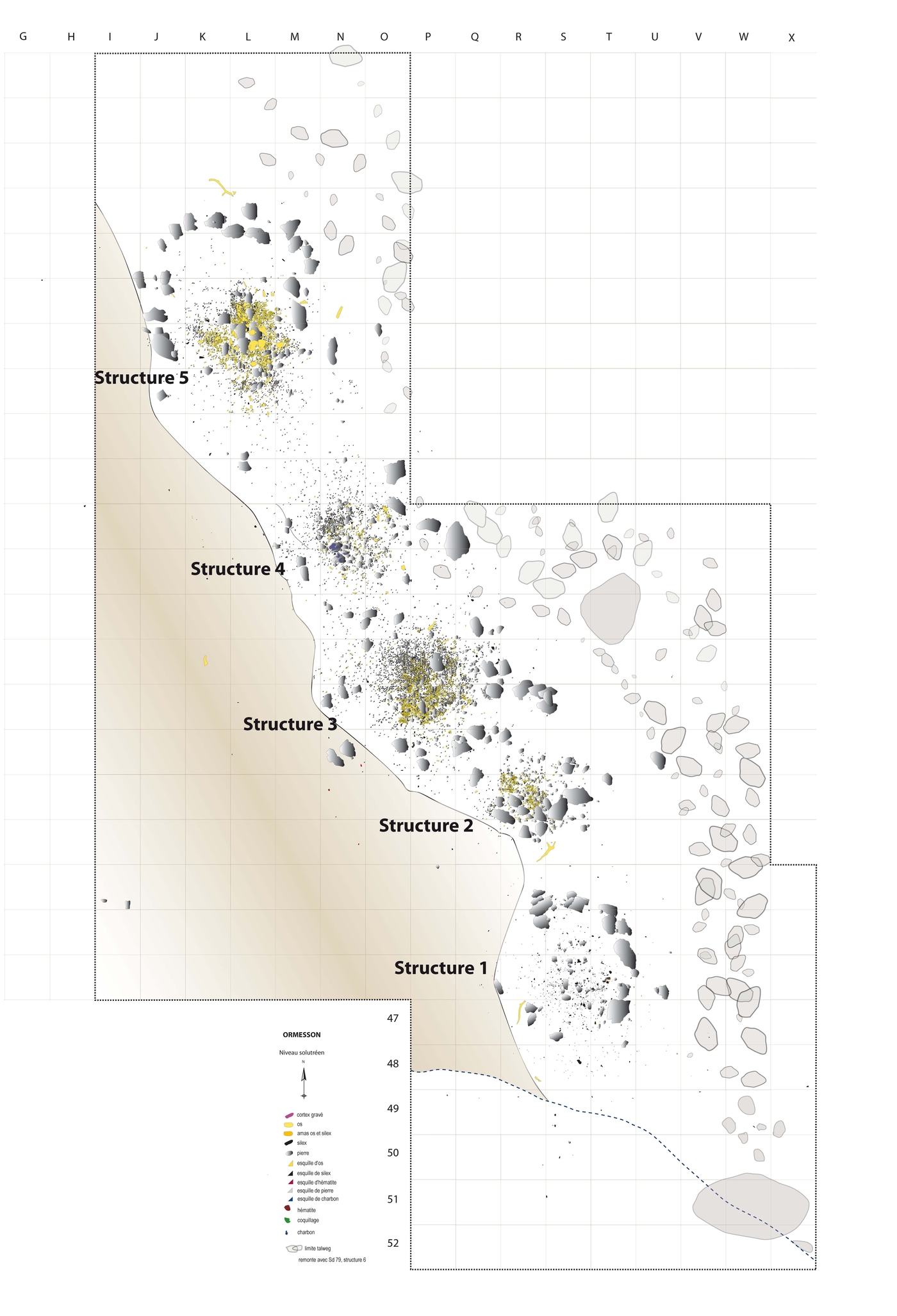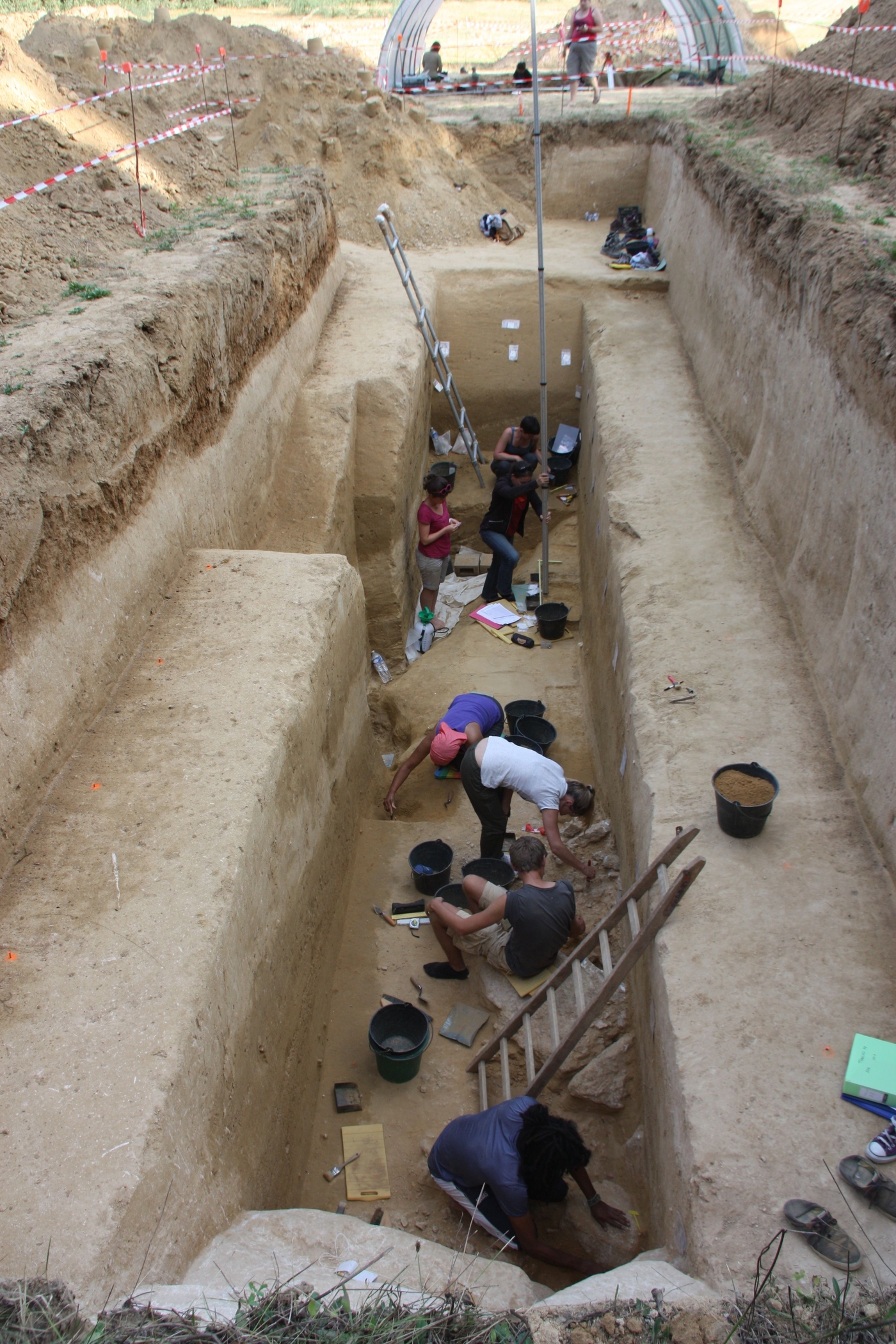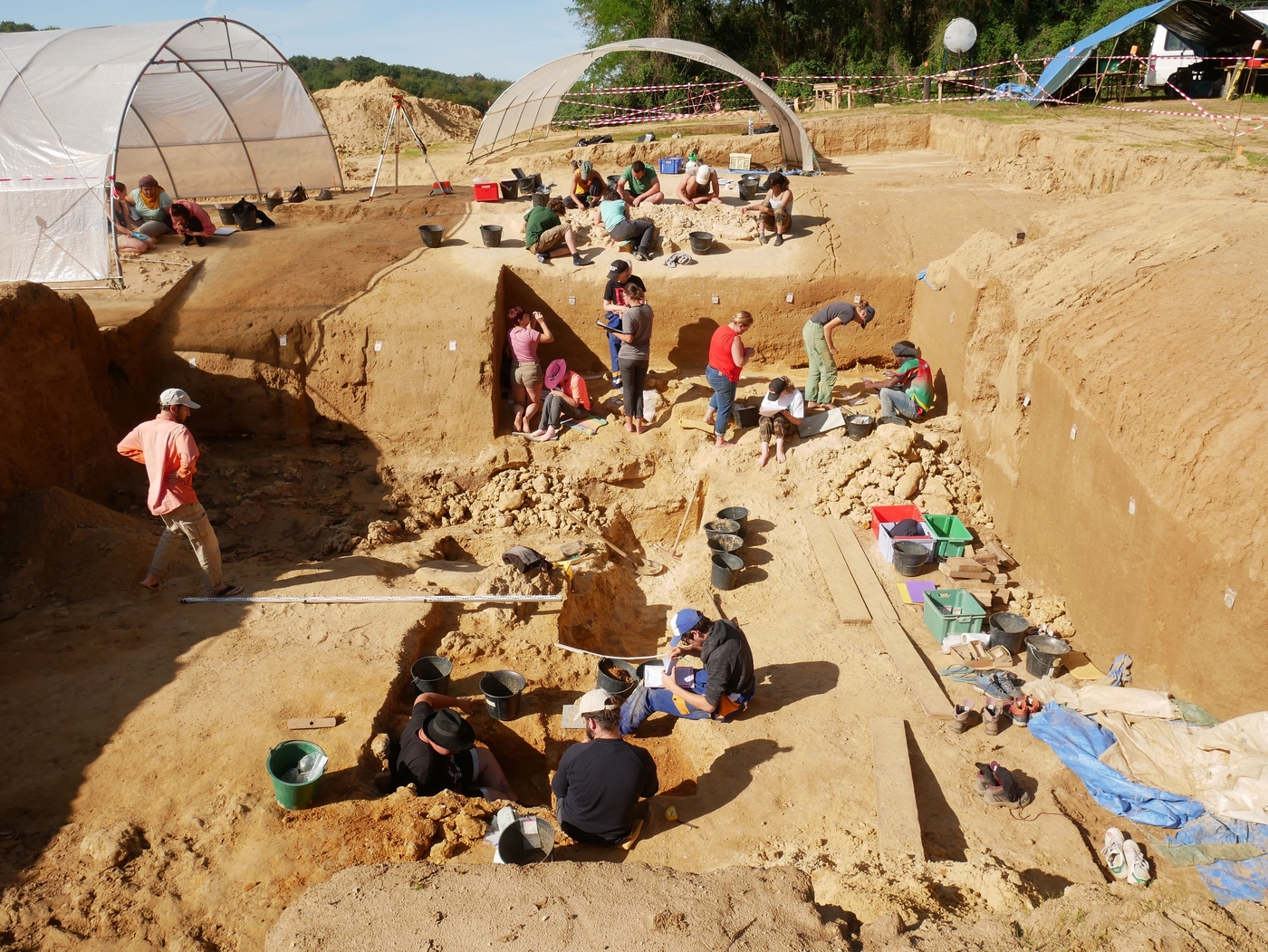Ormesson, Les Bossats
Unbeknown to the quarrymen who extracted blocks of sandstone from these quarries a century ago, beneath their feet were the hidden remains of the site’s early occupation. The large sandstone spheres they were cutting up to cobble the streets of Paris and Fontainebleau provided shelter to bison hunters tens of thousands of years ago.

Small in size but hugely significant, the site of Les Bossats in Ormesson has appealed to countless human populations for some 50,000 years. Strategically located in a valley sheltered from the wind and close to water springs, it offered ideal conditions for human settlements.
About the discovery
Although the Ormesson site was first discovered in 1930, it was not until 2004 that an amateur who had been field-walking the area for many years declared it to the Musée de Préhistoire de Nemours. The current director of research then travelled to the site to identify the surface flint and bones. Since then, the site of Les Bossats in Ormesson has been studied and several test pits have been made to learn more about each stage of its occupation.
50,000 years ago: Neanderthal Man
During the Mousterian period (Middle Palaeolithic), in a geological environment very similar to the one we know today, Neanderthals set up a camp on a fine sandy beach. The abundance of remains found on this 800 m² site suggest the Neanderthals were hunting horses and bison. Besides these remains, the excavation revealed the extensive presence of red, orange and black colourants, which are rarely found in the Middle Palaeolithic.
The Châtelperronian: 10,000 years later
Characterised by their lithic industry in the Middle-Upper Palaeolithic transition, the Châtelperronians succeeded the Neanderthals at Les Bossats, where they settled under the same conditions. Their occupation was marked by the knapping of flint blades with regular edges and sharp cutting tools for working meat and bone materials. They also used the same orange, red and black colourants as their Neanderthal precedessors.
Bison hunters in the Gravettian, 28,000 years ago
A change in the climate marked a turning point in the study of the site, revealing new evidence of its occupation in the second part of the middle glacial maximum. The fine sandy beach was covered with sediment, called Loess, carried by cold winds, forming a hill on which the Gravettian settled. Their occupation, attested by a single habitat, left behind evidence of bison hunting and various decorative artefacts such as pierced shells.
The Solutreans: expert flint workers, some 21,000 years ago
The discovery of a new camp at Ormesson shed more light on the area occupied by the Solutreans, who were previously confined to the south of the Loire and more generally to central and southern France and Spain. Biface flints (laurel-leaf blades) attest to animal chopping and butchering and horse hunting. Considered skilled flintknappers and masters of the art of stone cutting, the Solutreans produced several cortical flint block engravings with cross-hatching and parallel, opposing and sinuous lines.
Later occupations ?
No archaeological discovery suggests an occupation between 19,000 and 2,500 BCE. Evidence of occupation reappears from the Iron Age with a pit indicating the existence of a nearby farm. The site was then reused in the contemporary period for its sandstone deposit.
The research team
Research is ongoing (learn more), led by Pierre Bodu, research manager, CNRS, UMR 7041 – ARSCAN – CNRS MSH Mondes.



